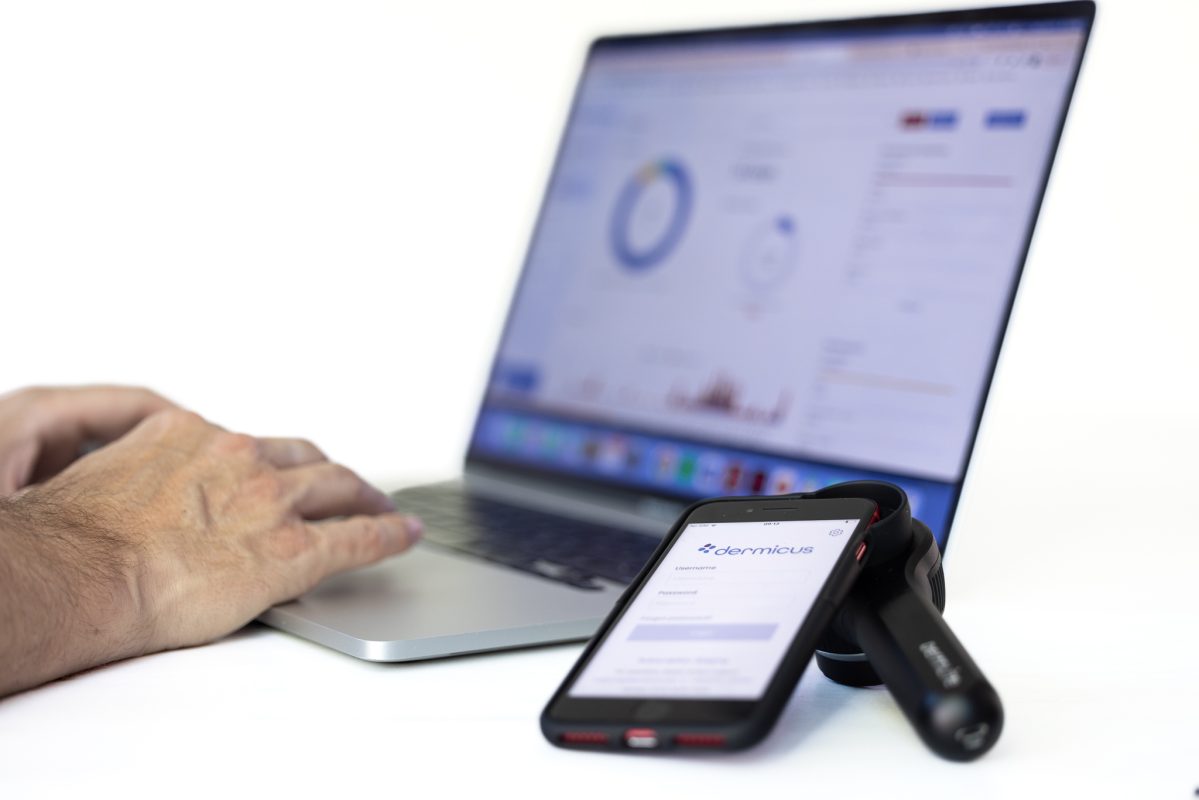
Telewound care
Dermicus Telewound is a purpose built application to enable efficient patient management and secure collaboration between nursing teams and specialists with hard-to-heal wounds. The solution includes mobile image capture workflows, specialist remote workflows for various wound conditions and open APIs to connect to local systems and EMRs.

Key capabilities
- Secure & data privacy compliant collaboration between visiting nurses, primary care and specialist care providers
- Full patient pathway managed by the platform and configurable to local needs and protocols
- Dedicated remote reporting application with tasking management, inter-specialist collaboration, structured reporting and documentation
- Simple, easy to use workflows and image capture for visiting nurses and primary care providers
- Performance statistics configurable to local requirements to track trends and value delivered to the network
- Integrations to 3rd party patient record, image archive systems and quality registry systems
- Wound measurement feature – a tool designed to document a set of metrics of a wound (length, width and area) based on a user confirmed contour annotated on a close-up image of the wound to track the healing process. Packaging with reference markers that are used together with the Dermicus wound measurement feature, order here.

Benefits and examples of success
The national wound registry of Sweden (RiksSår) has been using Dermicus for removing the variation in patient pathways for the management of chronic wounds.
A video detailing the experience of Dr Rut Öien of the national wound registry. On October 7, 2020, a webinar was held by EWMA where Rut Öien was one of the speakers and talked about how wound consultations can take place via Dermicus with simultaneous data entry into the national quality register. This way of working makes it possible to both follow the individual patient’s wound healing process and gain access to national aggregated data about this patient group.